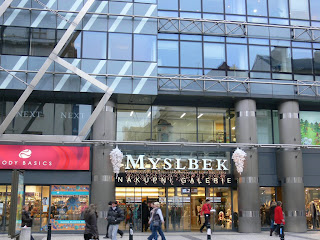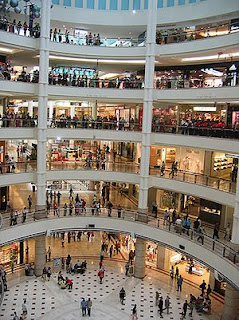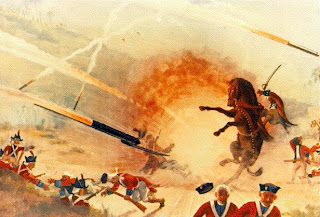
What's on?
Today I would like to to share with you all the issue that Media- which is an integral part of human lives, helps us to be enlightened or not?
Media can be considered a double-edged sword which has its part of boon and bane in it. At present, it has entered collaborations with big concerns in the form of private news channels in India’s case we can take for instance the news channel CNN-IBN.
Media determines public opinion and is important for creating awareness and alertness in the citizen’s mind. Media on its party educates us in some ways for, the common man knows nothing about “ jargons.” Of different disciplines.
One can take for instance the crime cases that have hogged the attention of the national media. Jessica Lal, Nitish Katara, Arushi murder as well as the Nithari killings are worth mentioning in this regard. They have been followed up and covered from different angles.It was also seen that it had taken a vigilante stance by generating public opinion against the perpetrators of the crimes and sympathy towards the victims.
Similarly we also have to objectively take into account that both Print as well as its Electronic counterpart have also gone for sensationalisation of issues and incidents.
On this level more can be said when the national network Doordarshan telecasts the proceedings of the nation’s Parliament as well as the Budget proceedings. There is the central Government backed Lok Sabha T.V. also which helps the common Indian to learn about the processing and role of the important wings of the union government.
The simple rule is ethics and integrity is what makes Media play a potent role in dissemination of facts, figures and provide objective observation over issues, events, phenomena etc.
In the contemporary age, the public is thrust upon by many data and information. This is a natural outcome of the boom of information and technology. There was for quite some time a topical based discourse doing the rounds of the news watching and news following public again generated by revelations of Media. It was alleged that the war on terror waged against the Islamic countries by U.S. government was one-sided in the dissemination of its facts and figures, rather to put it bluntly, it was pro-west. At this juncture, the establishment of Al-Jazeera T.V. of the middle-east announced a counter to the monopoly of news dissemination. From its part the Arabian channel also brought out the inside happenings with regard to casualties, affected areas etc.
At present from the state of news reporting at least in India’s case the readers don’t come across more stories regarding Science, Technology, Social-Development, Information and Technology.
Apart from these one can see that stories of National Interest are taking the back seat now with more thrust on negative and sensational stories.
Yes, Media does its part in educating us by infusing a scientific and liberal temperament among the public but at the same time if it follows unethical processing of news and try to confuse the public, it goes the other way round and does not fulfill one of its core responsibilities - to inform.
Thank you Folks,
Keep Blogging,
Peace.


















































